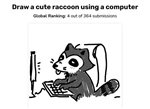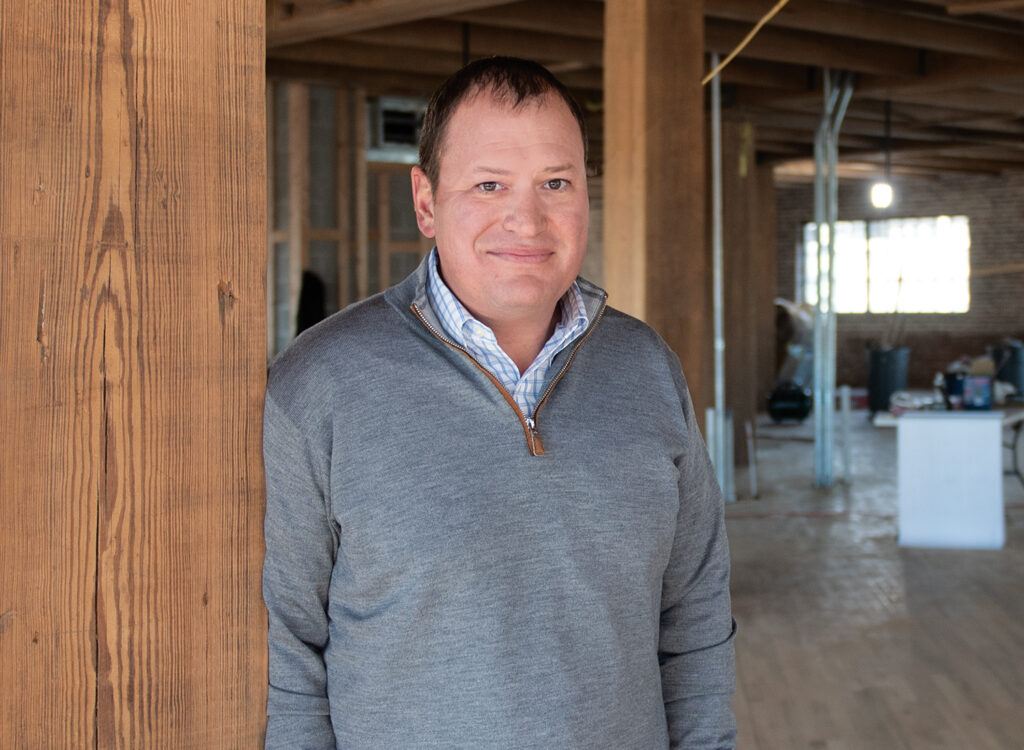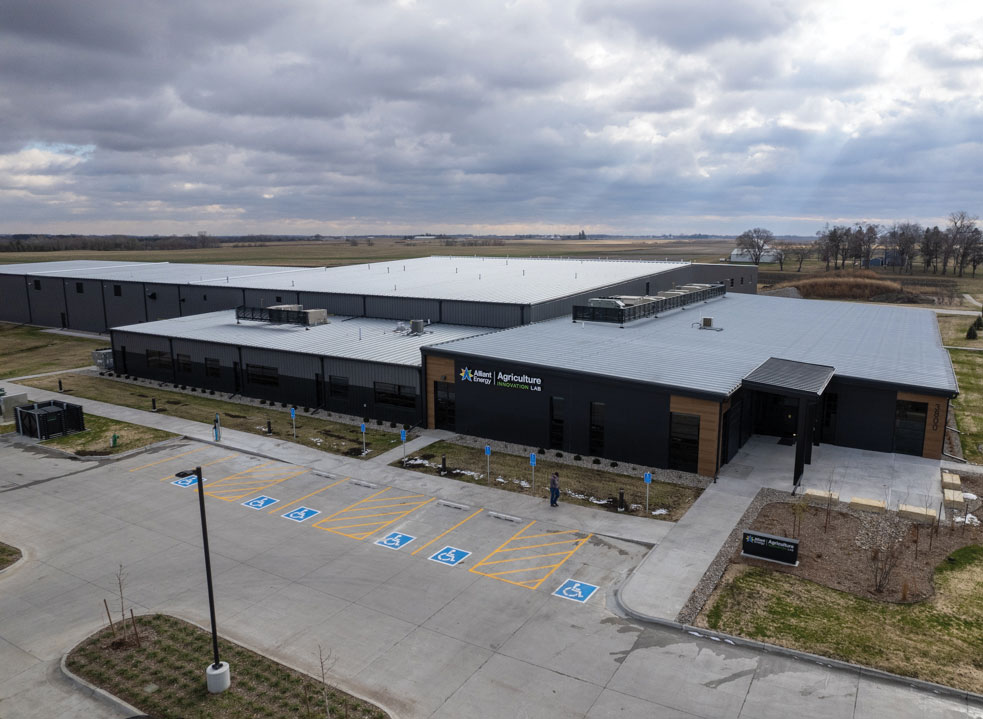Notebook: Let artificial intelligence judge your drawing skills with Paint.wtf

KATE HAYDEN Feb 4, 2021 | 3:54 pm
2 min read time
418 wordsBusiness Record Insider, The Insider Notebook
Are you willing to have your sketch skills judged by artificial intelligence?
The staff at Des Moines-based computer vision startup Roboflow decided to test just how well a new machine learning model, CLIP, could recognize artistic representations of generated prompts. Paint.wtf works like this: Visitors to the site see a list of original prompts of random scenes to be drawn by participants, such as “Draw a cute raccoon using a computer,” or “Draw people that don’t know what butter is.” Participants submit their drawings to be scored by Paint.wtf’s AI, which then ranks the drawings on a global leaderboard.
New prompts are generated every two hours, so you might find yourself drawing a giant albino cow, the world’s fastest frog or perhaps the latest pop internet meme, like Lady Gaga’s inauguration outfit.
“You could never expect a classically trained computer vision model to understand what Lady Gaga-in-’The Hunger Games’ was unless you showed it a bunch of examples of Lady Gaga in ‘The Hunger Games,’” Roboflow CTO Brad Dwyer said. “But this model knows something about Lady Gaga from seeing photos of her on the red carpet and captions that label it as Lady Gaga. It knows about ‘The Hunger Games’ because it’s seen the IMDB page, and it’s able to combine those things together. It knows what the concept of an illustration is. … I’ve just been blown away by how versatile it is.”
It took 36 hours for Roboflow to put the competition together, and the team updated the program as needed — after realizing the model recognized text and could “read,” the team imposed a text penalty to keep participants from turning in drawings that write out the original prompt. The project has more than 115,000 submissions now — one of the prompts to draw a “fabulous monster” received more than 10,000 drawings alone after the link was circulated on Reddit.
Despite the game’s goofiness, watching the AI judge how similar entries are to the original prompt demonstrates to Dwyer just how far machine learning models have progressed in the last few years.
“Less than 10 years ago we figured out how to get a computer to even tell you whether a photo was of a cat or dog,” Dwyer said. “We’re increasingly seeing that machine learning models are moving up the value chain, and I increasingly think they’re going to — not replace high-skill jobs, but just be very effective tools for helping people do those in a more creative, efficient manner.”








